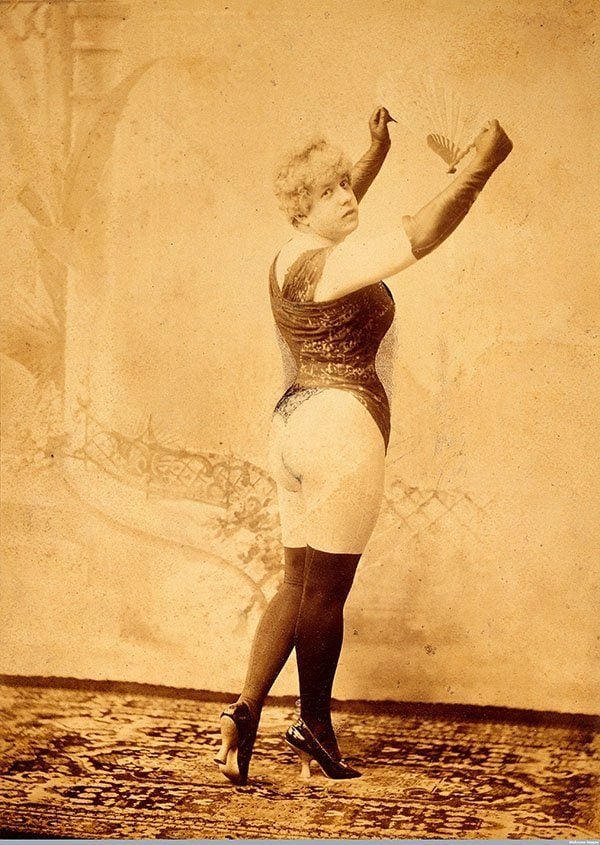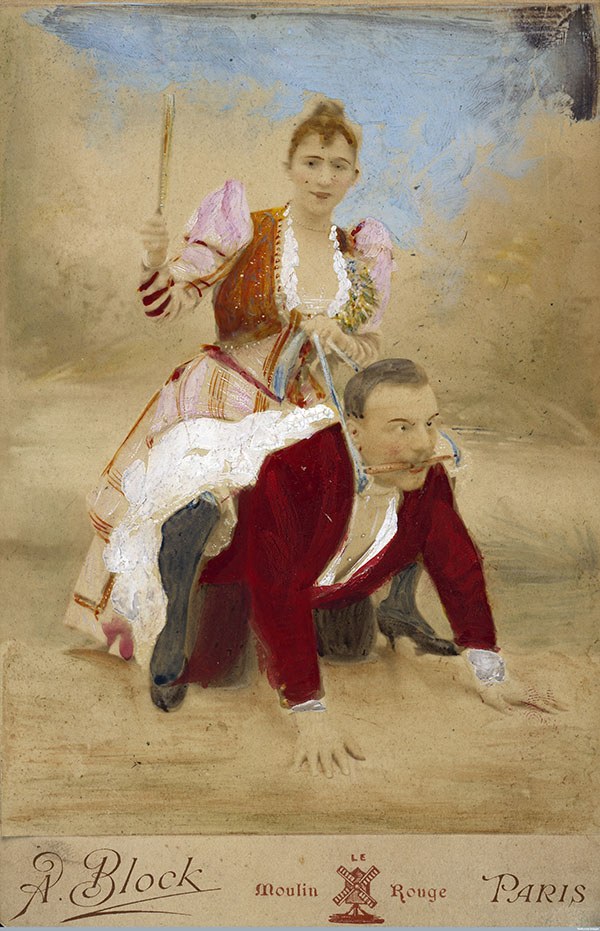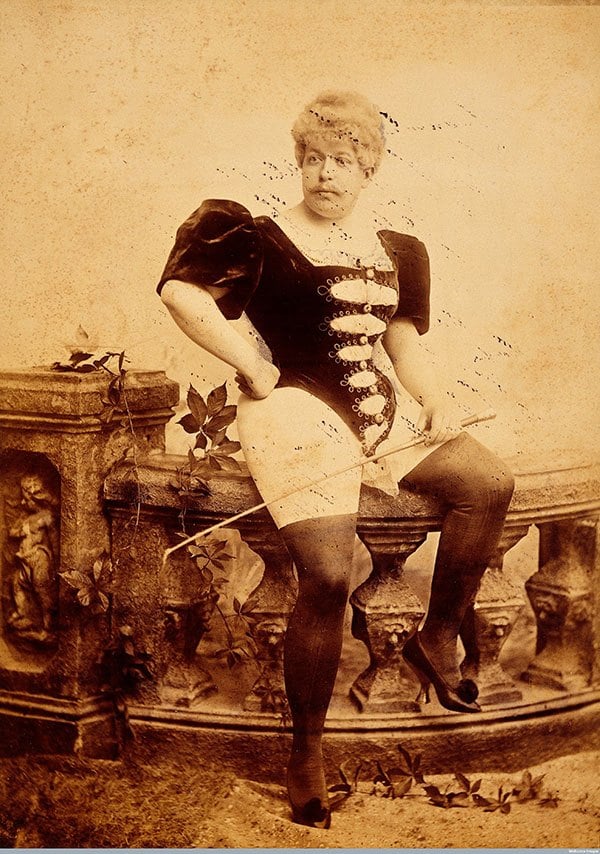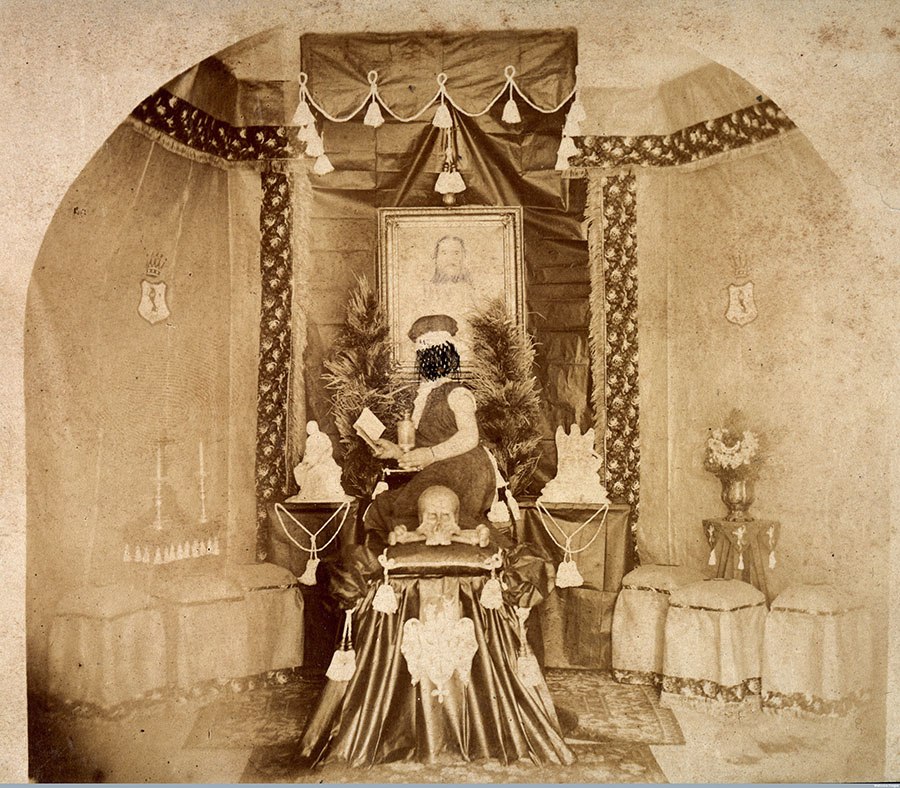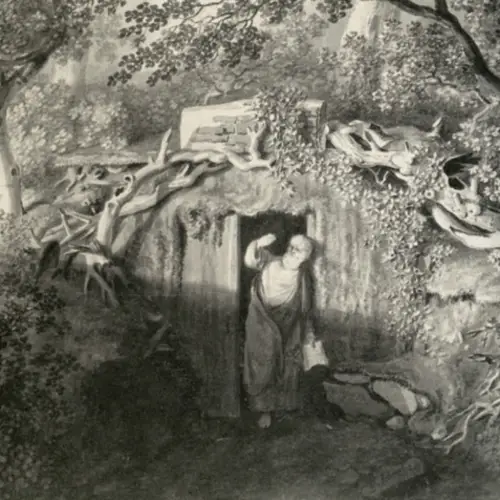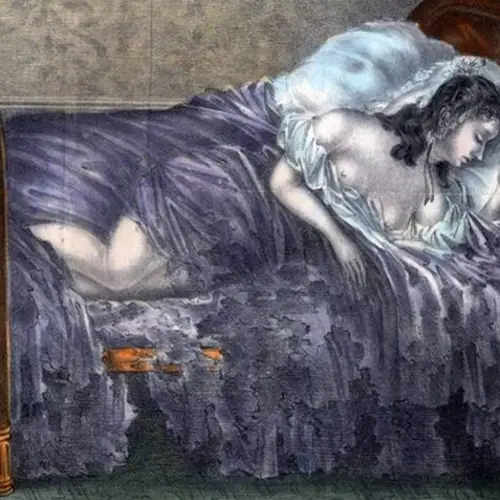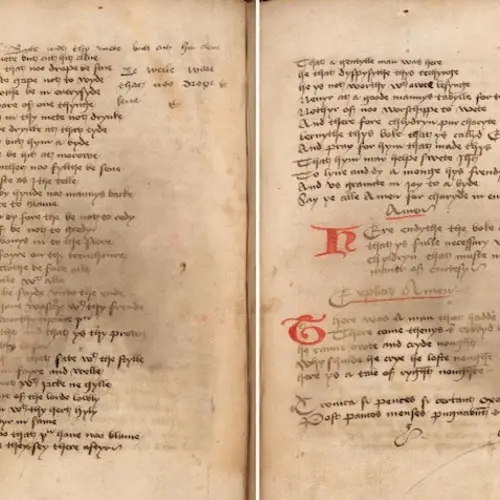The late 19th century ceded a lot of authority to scientific ways of viewing the world — and "Psychopathia Sexualis" is an apt example.
A wide array of actors has attempted to get at just what human sexuality is, how it comes to be, and how it might be altered, if at all. For centuries, religion and its constitutive texts, rules, and prescriptions held the most authority when it came to the “truth” of sexuality. But toward the end of the 19th century, things began to change.
An earlier industrial revolution in the West spelled great gains in technology and the sciences, as well as the faith that people put into scientists’ ability to explain the world in which we found ourselves.
For better or worse, elites had begun to use Charles Darwin’s On the Origin of Species to rationalize inequality; Cesare Lombroso utilized the sciences to create an anatomy of the “criminal” man; and Richard Freiherr von Krafft-Ebing used the ascendant field of psychiatry to create a catalog of sexual deviancy.
In 1886, the German-born psychiatrist published Psychopathia Sexualis, which organized various forms of sexual perversion into three categories: hyperaesthesia (pathologically exaggerated sexual instinct), anaesthesia (absence of sexual instinct), and paraesthesia (perversion of sexual instinct).
When he published the first edition of the tome, 45 case histories — such as people exhibiting necrophilia to cross-dressing to various sexual fetishes — comprised the bulk of the book.
By the time that Krafft-Ebing had gotten to work on the 12th edition of the text — right around his death in 1902 — he had chronicled 238 case histories to create a 617-page book. The book had an enormous impact: in many ways, it had the effect of creating homosexuality as a biological feature that humans may exhibit and as a consequence added more force to the argument that science, and more specifically psychiatry, could explain human sexuality with more accuracy than the anachronisms of religion.
Though Krafft-Ebing took sexual deviance quite seriously — for instance, he strongly disagreed with the German Kingdoms’ 1871 resolution to criminalize homosexuality and favored therapy instead — his work had the effect of equating deviance with pathology, and as something that must be “cured” should the homosexuality-afflicted subject be made whole again.
As Michel Foucault would later write of Krafft-Ebing's work in The History of Sexuality:
"Claiming to speak the truth, it stirred up people's fears...Involuntarily naïve in the best of cases, more often intentionally mendacious, in complicity with what it denounced, haughty and coquettish, it established an entire pornography of the morbid, which was characteristic of the fin de siecle society."
In the gallery above, you'll find photos of the subjects that provided the fodder for much of Psychopathia Sexualis, subjects whose lifestyles and behaviors allowed Krafft-Ebing to have a long, storied career.
For more on Victorian-era beliefs after this look at the Psychopathia Sexualis, check out their thoughts on dating and portraiture.

